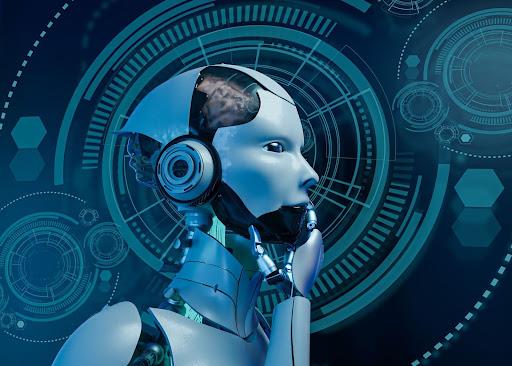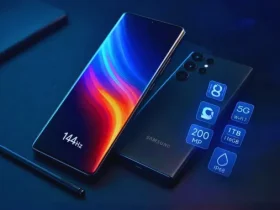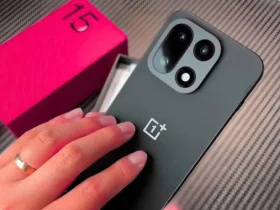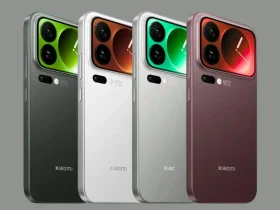Introduction
Artificial intelligence (AI) is revolutionizing the media and entertainment industry, particularly in video production. One of the most groundbreaking advancements in this field is text-to-video technology, which enables users to create high-quality videos simply by inputting text descriptions. This innovation democratizes video production and enhances efficiency, creativity, and accessibility across various sectors.
The Evolution of AI in Video Production
Traditionally, video production required a combination of scriptwriting, filming, editing, and post-production, which could be time-consuming and costly. AI-powered tools are now streamlining this process by generating realistic visuals, animations, and voiceovers directly from textual input. With text-to-video technology, users can create compelling videos in a matter of minutes, making professional-grade content more accessible to businesses, marketers, and creators alike.
How Text-to-Video Technology Works
Text-to-video AI tools leverage natural language processing (NLP), machine learning, and deep learning algorithms to understand and interpret textual input. Once the system processes the input, it generates corresponding visuals, animations, and audio elements to create a seamless video. These tools often come with customizable templates, voice synthesis, and even AI-generated characters that enhance storytelling.
Key components of AI-powered text-to-video technology include
- Text Analysis: The AI breaks down the input text, identifying key themes, emotions, and actions.
- Visual Generation: The system selects or generates appropriate images, video clips, or animations based on the text’s context.
- Voice Synthesis: AI-driven voiceovers bring scripts to life, offering different tones and accents to match the content’s style.
- Editing and Effects: Many AI platforms automatically add transitions, effects, and background music to create a polished final product.
Benefits of AI-Powered Text-to-Video Technology
The rise of AI-driven video generation is reshaping content creation in several ways:
Cost and Time Efficiency
Traditional video production requires a significant investment in equipment, personnel, and time. AI-powered tools drastically reduce costs by eliminating the need for expensive cameras, editing software, and professional crews. A process that once took weeks can now be completed in minutes.
Accessibility for All Creators
AI-driven video generation enables businesses, small content creators, and educators to produce high-quality videos without technical expertise. This accessibility fosters greater inclusivity in media production, allowing anyone with an idea to create engaging content.
Scalability for Businesses
Marketing campaigns, e-learning platforms, and media organizations can scale their content production effortlessly. AI-generated videos allow businesses to create personalized content for diverse audiences quickly and efficiently.
Creative Freedom and Experimentation
With AI handling the technical aspects of video creation, creators can focus more on storytelling and creativity. AI-powered platforms provide tools for experimenting with different styles, animations, and voiceovers without the need for extensive manual labor.
Localization and Multilingual Support
Many AI video generators offer automatic translation and multilingual voiceovers, making it easier for brands to expand their reach and engage global audiences without the hassle of re-recording content.
Challenges and Limitations
While AI-powered text-to-video technology offers numerous advantages, it is not without its challenges.
Quality Limitations
AI-generated videos, while impressive, may still lack the nuanced creativity and realism achieved through traditional filmmaking. Certain complex scenes or emotions may not be accurately captured by AI.
Dependence on Algorithms
Since AI video generation relies on pre-trained models and datasets, biases and errors can sometimes emerge in the output. Developers must continually refine these models to ensure accurate and unbiased content generation.
Ethical and Copyright Concerns
As AI tools source images and footage from vast databases, issues related to intellectual property rights and ethical content use must be addressed. Ensuring proper licensing and avoiding misinformation remain key concerns for AI-driven video production.
Future of AI in Video Production
The future of AI-powered text-to-video technology is promising. Advancements in AI will lead to more sophisticated and realistic video generation capabilities, bridging the gap between AI and human creativity. Some key trends to watch for include:
- Hyper-realistic AI avatars: AI-generated characters that closely mimic human expressions and movements.
- Real-time video generation: Instant, on-demand video creation for live content and interactive storytelling.
- Enhanced customization: More control over style, tone, and visual elements to suit different branding and artistic needs.
Conclusion
AI-powered text-to-video technology is transforming video production by making it more accessible, cost-effective, and scalable. While there are still challenges to overcome, the potential benefits far outweigh the limitations. As AI continues to evolve, it will unlock new possibilities for content creators, businesses, and educators, paving the way for a future where video creation is as simple as typing a story.
Embracing AI in video production will not only revolutionize how content is made but also redefine the way we engage with digital media. The era of AI-driven storytelling is just beginning, and its impact on industries worldwide will be profound.
AI is transforming the way we create content, making writing faster and more efficient. Author Garth Kim explores its impact on modern journalism and storytelling





